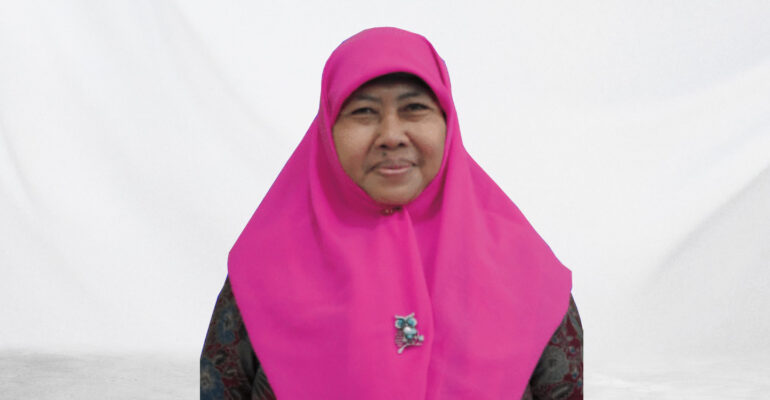IPB University Virology Expert Advises Vulnerable Groups to Be Wary of HMPV Virus, Who Are They?

IPB University Virology Expert, Dr drh Sri Murtini urged the community, especially vulnerable groups to be aware of Human Metapneumovirus (HMPV). She conveyed this in a WhatsApp message to IPB Public Relations.
Dr Sri said that the vulnerable groups include children under five years old (toddlers), the elderly (elderly) over 65 years old, as well as people with weak immune systems (for example, people with HIV, cancer, or organ transplant recipients), and individuals with chronic lung or heart disease.
According to a number of articles, HMPV is a respiratory virus to watch out for, especially as it can cause serious complications in vulnerable groups. By maintaining hygiene, improving immunity, and raising public awareness, the risk of transmission and the adverse effects of HMPV can be minimized.
“If there are worrying symptoms, immediately consult a medical professional for proper treatment,” said Dr Sri Murtini.
HMPV can also cause severe lower respiratory tract infections, such as pneumonia and bronchiolitis. In vulnerable groups, HMPV infection can require hospitalization and even cause death.
Characterized by easy transmission, HMPV spreads through droplets when coughing, sneezing or talking. It can also be transmitted through direct contact with contaminated surfaces.
Furthermore, HMPV belongs to the family Paramyxoviridae, subfamily Pneumovirinae, and genus Metapneumovirus. This virus has genetic material in the form of single-stranded RNA. HMPV can survive in the external environment for a short time and is easily killed by disinfectants, heat, or UV light.
HMPV was first identified in 2001 in the Netherlands, but is thought to have infected humans for more than 50 years prior. The virus is thought to have originated from avian metapneumovirus-a virus that infects poultry (birds)-which underwent mutation and adaptation to infect humans.
Symptoms of HMPV are similar to other respiratory infections, such as flu or RSV. Symptoms include mild symptoms and severe symptoms. Symptoms usually appear 2-5 days after exposure to the virus and may last for 1-2 weeks.
Mild symptoms usually include runny or stuffy nose, cough, fever, sore throat. Meanwhile, severe symptoms, especially in vulnerable groups, include shortness of breath or rapid breathing, wheezing (whistling breath sounds), high fever, pneumonia or bronchiolitis.
According to Dr Sri Murtini, there is no specific vaccine for HMPV. However, the following preventive measures can help reduce the risk of infection.
- Maintain hand hygiene. Wash hands with soap and running water for at least 20 seconds. Use an alcohol-based hand sanitizer if soap and water are not available,
- Avoid contact with sick people, keep your distance from people who cough or sneeze, avoid sharing eating or drinking utensils.
- Use a mask. Masks can reduce the risk of droplet transmission.
- Maintain environmental hygiene. Clean frequently touched surfaces (such as doorknobs, tables, or children’s toys) with disinfectant.
- Increase immunity, consume nutritious food, get enough rest, and avoid stress.
Public education and awareness about HMPV is important, especially for children under five and the elderly. The role of all parties (family, health workers, government) in anticipating the prevention of this virus. Recognize the symptoms of HMPV and seek immediate medical attention if symptoms worsen (for example, shortness of breath or high fever). (IAAS/RUM)



